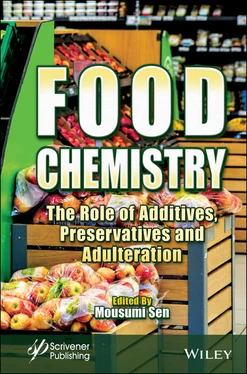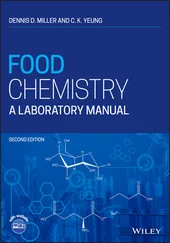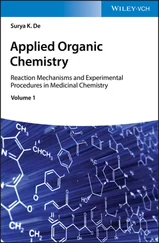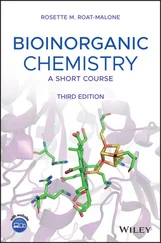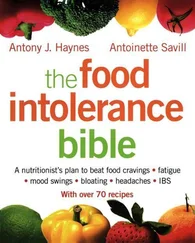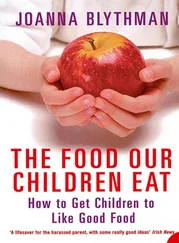307 303
308 304
309 305
310 306
311 307
312 308
313 309
314 310
315 311
316 312
317 313
318 314
319 315
320 316
321 317
322 318
323 319
324 320
325 321
326 322
327 323
328 324
329 325
330 326
331 327
332 328
333 329
334 330
335 331
336 332
337 333
338 334
339 335
340 336
341 337
342 338
343 339
344 340
345 341
346 342
347 343
348 344
349 345
350 346
351 347
352 348
353 349
354 350
355 351
356 352
357 353
358 354
359 355
360 356
361 357
362 358
363 359
364 360
365 361
366 362
367 363
368 364
369 365
370 366
371 367
372 368
373 369
374 370
375 371
376 372
377 373
378 374
379 375
380 376
381 377
382 378
383 379
384 380
385 381
386 382
387 383
388 384
389 385
390 386
391 387
392 388
393 389
394 390
395 391
396 392
397 393
398 394
399 395
400 396
401 397
402 398
403 399
404 400
405 401
406 402
407 403
408 404
409 405
410 406
411 407
412 408
413 409
414 410
415 411
416 412
417 413
418 414
419 415
420 416
421 417
422 418
423 419
424 420
425 421
426 422
427 423
428 424
429 425
430 426
431 427
432 428
433 429
434 430
435 431
436 432
437 433
438 434
439 435
440 436
441 437
442 438
443 439
444 440
445 441
446 442
447 443
448 444
449 445
450 446
451 447
452 448
453 449
454 451
455 452
456 453
457 454
458 455
459 456
460 457
461 458
462 459
463 460
464 461
Scrivener Publishing100 Cummings Center, Suite 541J Beverly, MA 01915-6106
Publishers at Scrivener
Martin Scrivener ( martin@scrivenerpublishing.com) Phillip Carmical ( pcarmical@scrivenerpublishing.com)
Food Chemistry
The Role of Additives, Preservatives and Adulteration
Edited by
Mousumi Sen
Amity Institute of Applied Sciences, Department of Chemistry, Amity University, Uttar Pradesh, India

This edition first published 2022 by John Wiley & Sons, Inc., 111 River Street, Hoboken, NJ 07030, USA and Scrivener Publishing LLC, 100 Cummings Center, Suite 541J, Beverly, MA 01915, USA
© 2022 Scrivener Publishing LLC
For more information about Scrivener publications please visit www.scrivenerpublishing.com.
All rights reserved. No part of this publication may be reproduced, stored in a retrieval system, or transmitted, in any form or by any means, electronic, mechanical, photocopying, recording, or otherwise, except as permitted by law. Advice on how to obtain permission to reuse material from this title is available at http://www.wiley.com/go/permissions.
Wiley Global Headquarters
111 River Street, Hoboken, NJ 07030, USA
For details of our global editorial offices, customer services, and more information about Wiley products visit us at www.wiley.com.
Limit of Liability/Disclaimer of Warranty
While the publisher and authors have used their best efforts in preparing this work, they make no representations or warranties with respect to the accuracy or completeness of the contents of this work and specifically disclaim all warranties, including without limitation any implied warranties of merchantability or fitness for a particular purpose. No warranty may be created or extended by sales representatives, written sales materials, or promotional statements for this work. The fact that an organization, website, or product is referred to in this work as a citation and/or potential source of further information does not mean that the publisher and authors endorse the information or services the organization, website, or product may provide or recommendations it may make. This work is sold with the understanding that the publisher is not engaged in rendering professional services. The advice and strategies contained herein may not be suitable for your situation. You should consult with a specialist where appropriate. Neither the publisher nor authors shall be liable for any loss of profit or any other commercial damages, including but not limited to special, incidental, consequential, or other damages. Further, readers should be aware that websites listed in this work may have changed or disappeared between when this work was written and when it is read.
Library of Congress Cataloging-in-Publication Data
ISBN 978-1-119-79161-4
Cover image: Pixabay.Com
Cover design by Russell Richardson
Set in size of 11pt and Minion Pro by Manila Typesetting Company, Makati, Philippines
Printed in the USA
10 9 8 7 6 5 4 3 2 1
Food processing is no longer as simple and straightforward as it was in the past and has now become more of a highly interdisciplinary science than an art, and although the basic principles of food chemistry remain the same, much additional research has been carried out in recent years that has extended and deepened our knowledge. In light of the fact that each of the processes involved in food production—including storage, preparation, and distribution—influences the different qualities of food in either a beneficial or harmful way, it is crucial to have a basic understanding of every safeguarding strategy and how it impacts different food systems. Thus, it is of utmost importance to acquire the requisite knowledge about the technology, methods, and the science of the mode of action. Because of the importance of this complex subject, Food Chemistry: Role of Additives, Preservatives, and Adulteration is designed to present basic information on the composition of foods and the chemical and physical changes that their characteristics undergo during processing, storage, and handling. Details concerning recent developments and insights into the future of food chemical risk analysis are also presented, along with topics such as food chemistry, the role of additives, preservatives and food adulteration, food safety objectives, risk assessment, and quality assurance and control. Moreover, good manufacturing practices, food processing systems, design and control, and rapid methods of analysis and detection are covered, as well as sensor technology, environmental control, and safety.
Today, the variety of food items—mainly fast foods—is greatly increasing for food lovers. Due to tremendous advancements, synthetic and natural supplements are added to these food items and beverages in huge amounts, sometimes with serious consequences. For example, when color preservatives overshoot the sanctioned limit, they gradually cause hyperactivity in children. Therefore, it is mandatory to ensure that the food quality and supplements being added to food for consumption are safe. Consequently, this book contains detailed information about the chemistry of each major class of food additive and their multiple functionalities. In addition, numerous recent findings are covered, along with an explanation of how their quality is ascertained and consumer safety ensured.
Читать дальше
